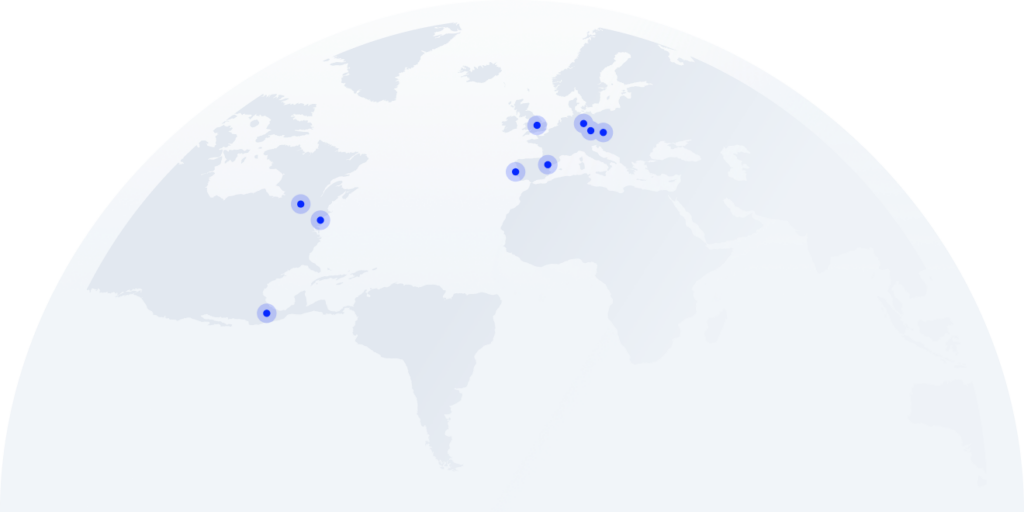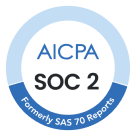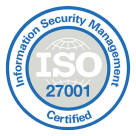
Parallel dialing technology has transformed how modern call centers operate, helping teams achieve up to 300% more live conversations while maintaining personal connection with every call. But the real power lies in understanding how to leverage both inbound and outbound capabilities to create seamless customer experiences.
Whether you’re scaling your sales operations or enhancing customer support, mastering parallel dialing can dramatically boost your team’s efficiency.
Are you looking for the perfect dialing solution for your business? Explore the differences between inbound and outbound parallel dialing to maximize your call center’s efficiency and choose the right system for your needs.
Your Tech Shouldn’t Be a Headache. We Get It.
Difference Between Inbound and Outbound Parallel Dialing
Understanding the distinct characteristics of each approach helps you maximize impact while maintaining exceptional customer experience:
Feature
Inbound Parallel Dialing
Outbound Parallel Dialing
Call Direction
Incoming calls from customers
Outgoing calls to prospects
Number of Simultaneous Calls
Handles multiple incoming calls
Dials multiple numbers simultaneously (up to 6 with some systems)
Primary Use
Customer service, support
Sales, lead generation, cold calling
Agent Activity
Agents ready to receive diverse inquiries
Agents focus on conversations, less time on manual dialing
Technology Focus
Efficient call routing and queue management
Maximizing live connections, detecting human pickups
Key Performance Metrics
Average handle time, customer satisfaction
Connect rates, conversation quality, call volume
AI Integration
Less common
AI-powered systems for voicemail and IVR detection
Compliance Concerns
Standard customer service regulations
More stringent (e.g., TCPA, GDPR)
Impact on Connect Rates
N/A
May lower connect rates compared to power dialing
Call Reception
Customers expect immediate response
May cause slight delay when connecting, affecting call receptivity
Experience CloudTalk’s Dialers for 14 Days Completely Free
What is Inbound Parallel Dialing?
Multiply your team’s impact with every minute. Parallel dialing technology powers modern call centers to connect with 2-10 contacts simultaneously.
Instead of the traditional one-call-at-a-time approach, parallel dialing intelligently initiates multiple calls at once. When someone answers, they’re instantly connected to an available agent. The result? Your team spends more time in meaningful conversations and less time waiting for connections.
How Does Inbound Parallel Dialing Work?
Inbound parallel dialing is a call management system that handles multiple incoming calls simultaneously using AI-driven routing and automatic call distribution. The technology analyzes caller data in real-time, directing calls to appropriate agents based on skills and availability. This integrated approach combines interactive voice response and intelligent routing to optimize call center efficiency and customer satisfaction.
Pros and Cons of Inbound Parallel Dialing
What is Outbound Parallel Dialing?
Outbound parallel dialing is a calling system that enables sales teams to dial multiple numbers simultaneously, maximizing agent productivity by connecting them with the first person who answers. Using AI to detect human responses and filter out voicemails, this technology integrates with CRM platforms to streamline sales operations and increase successful connections while reducing idle time.
Unlock new levels of customer success
How Does Outbound Parallel Dialing Work?
Outbound parallel dialing is a telecommunications system that establishes concurrent call connections across multiple phone lines, typically 3-10 per agent. The system leverages predictive algorithms to detect human responses, voicemail patterns, and IVR systems, while SIP (Session Initiation Protocol) trunking enables scalable call routing and CRM integration for real-time data synchronization. Common applications include:, high-volume B2B sales campaigns, lead qualification and market research, and appointment setting.
Pros and Cons of Outbound Parallel Dialing
Why Parallel Dialing Makes Sense for Growing Businesses
For small and medium-sized businesses, every resource counts. Both inbound and outbound parallel dialing systems offer powerful ways to maximize your team’s impact without expanding headcount.
Inbound parallel dialing helps you deliver enterprise-level customer service with a lean team. Your existing staff can handle higher call volumes while maintaining personal attention to each customer. Whether you’re managing customer support, scheduling appointments, or handling sales inquiries, smart call routing ensures every caller gets prompt attention.
Outbound parallel dialing multiplies your sales team’s reach. Instead of making 60-70 calls per day, each agent can effectively manage hundreds of connections. This means more conversations with potential customers, more follow-ups with existing clients, and more closed deals.
Whether you choose inbound, outbound, or both, parallel dialing technology lets you compete with larger companies while maintaining the personal touch that makes your business special.
Get 50% off your first month













